
While the Pentagon limited itself to refueling Israeli bombers and shooting down Persian missiles, fleets of refueling aircraft flew to Europe and were placed at the disposal of CENTCOM. This is no longer just assistance to the Israeli Air Force; such numbers indicate preparations for a US air operation. The aircraft carrier Nimitz, with a group of ships, left Taiwan and bypassed Vietnam, where an official visit was planned, and headed straight for the Middle East.
At the same time, the US president instructed his adviser Whitcoff and deputy Vance to urgently arrange a meeting with the Iranian side. Trump and Rubio are flying urgently to Washington. A meeting of the National Security Council is being prepared there. They haven’t even finished the G7 summit.
Iran’s cards are known. Two figures — a deputy and a general with the same surname, Kousari — have announced a possible blockade of the Strait of Hormuz. We have said that this measure (technically quite feasible) in Tehran’s arsenal is a last-ditch effort, after which the ayatollahs will have little left to fall back on. So far, such statements from Iran are only part of the threats and a test of the West’s response to them.
The Pentagon and the IDF don’t have any trump cards either. The location of the centrifuge workshops in Natanz at a depth of 90 meters seems to allow them to be damaged by GBU-57 bunker-buster bombs. But these are American bombs, and they must be dropped by a strategic bomber. To do this, a large aircraft must enter Iranian airspace with all the attendant risks.
This is not the only problem. The maximum depth of the GBU-57 after modernization is determined to be 60 meters. And there is no information that it has been tested against targets at greater depths. All that is known about the location of the enrichment workshops in Fordow is that they are definitely deeper than 100 m, but there are rooms deeper than 600 m. And all this is in rocky ground. It is quite possible that humanity does not yet have any weapons capable of penetrating rock at a depth of 600 m.
It is difficult to carry out a special forces landing at Fordow—the tactical element of surprise has been lost, and Iran is preparing countermeasures. I do not rate the Iranian army very highly, but a landing operation is still more of a hopeless venture. If Israel’s operation does not achieve its goal in a couple of weeks, the plan will have to be revised.
It is quite possible that all the activity of the Pentagon and Trump is preparation for a new phase of negotiations. The new plan in such a scenario is to push Iran’s position to an agreement acceptable to Washington, rather than destroy the nuclear complex. But, as they wrote in the advertisements for apartment exchanges in the USSR, there are options.

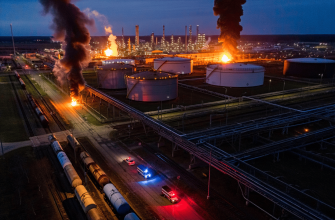
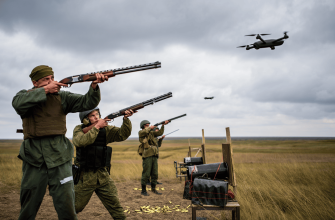
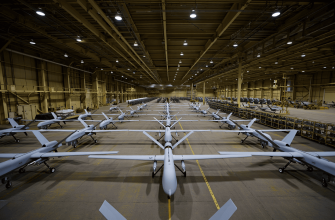
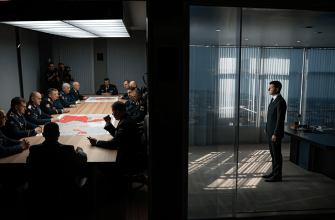
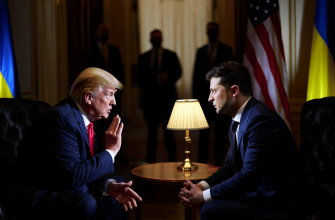
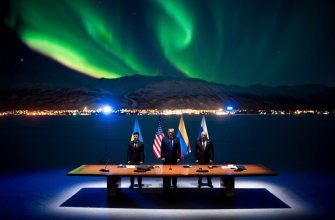


This article really highlights how complex and tense the situation is, especially with all the strategic moves and limitations on both sides. It’s interesting to see the mix of military action and diplomatic efforts happening simultaneously 🤔✈️. The depth of those nuclear sites and the challenges of any direct strike show just how tricky this conflict is to resolve.
The strategic complexities highlighted here really show how precarious the situation is. The limitations of current military technology against deeply buried facilities make a direct attack highly risky and uncertain, which likely explains the simultaneous push for urgent negotiations. It’s interesting to see how diplomatic efforts and military posturing are intertwined, especially with such high stakes involved around the Strait of Hormuz and nuclear sites. The notion that total destruction might not be feasible shifts the focus toward a more nuanced approach, balancing pressure and dialogue. This kind of multi-layered strategy seems to be the only realistic path forward in such a tense environment. 🔍✈️
It’s fascinating how much emphasis is placed on military options when the real leverage might be in diplomacy—a game that seems consistently underestimated. The idea that large-scale air operations and bunker-buster bombs hold the key feels like a relic of Cold War thinking, ignoring the geopolitical nuances that actually drive outcomes. If the technology isn’t even certain to work against these deep underground facilities, maybe it’s time to admit that force isn’t the answer and that urgent, sincere negotiations could prevent escalating an already fragile situation into a disastrous conflict. The article hints at this but then gets lost in the spectacle of military posturing, which raises the question: are leaders planning with realism or just trying to show strength to their domestic audiences?
Reading this, I can’t help but reflect on the fragile balance of power and the sheer complexity behind every military move. It’s almost like a chess game where each piece moves based not just on strength, but on uncertainty and calculated risk. The depth of those enrichment sites reminds me how nature and engineering create shields that even our most advanced technology struggles to overcome. Sometimes, it feels like true power lies not just in weapons or force, but in patience and the willingness to negotiate, even when the stakes seem impossibly high. 🕊️🌍
This reads like a high-stakes game of Risk played by world leaders who forgot the rules but still want to win 🤡. Aircraft carriers rerouting like they’re on a secret Tinder date, bunker-busters that might not even reach their target, and a blockade threat that feels more like a dramatic season finale than an actual plan 🎭✈️. Honestly, at this point, I’m just waiting for someone to suggest a dance-off to settle this mess 🕺💃.
Wow, so much military theater unfolding while we’re left figuring out if any of this is actually going to happen or just a desperate game of brinkmanship. Trying to bomb nukes buried in a rock like that sounds more like a plot from a bad action movie than a solid strategy. Meanwhile, everyone’s scrambling like it’s a chess match but nobody’s moving the pieces that really matter. Can’t wait to see how this new phase of negotiations turns out—probably more talk and less action, as usual 🙄✈️💥
All that saber-rattling and bunker-busters, yet we’re playing hide-and-seek with centrifuges – geopolitical theater fueled by tanker flights 🤦♀️😏🛩️🌍🔥
Significant force projection suggests a shift from deterrence to direct kinetic action preparedness; however, technical constraints on deep penetration ordnance remain a critical vulnerability. 💣✈️🤔🧭
The shift in carrier movement and the timing of those high-level meetings suggest a serious pivot point rather than just standard posturing; the unknowns around deep penetration ordnance are definitely concerning 🤔. It seems like a calculated escalation is underway 😟.
If bunker-busters can’t reach the depths and special forces surprise is out the window, it sounds like we’re stuck between a rock and a hard place—literally. The Pentagon’s scrambling fuel planes like kids prepping for dodgeball but missing the key target. Perhaps this theater is more about posturing until the real game—negotiations—starts. Betting on diplomacy might just be the stealthiest operation in play right now.